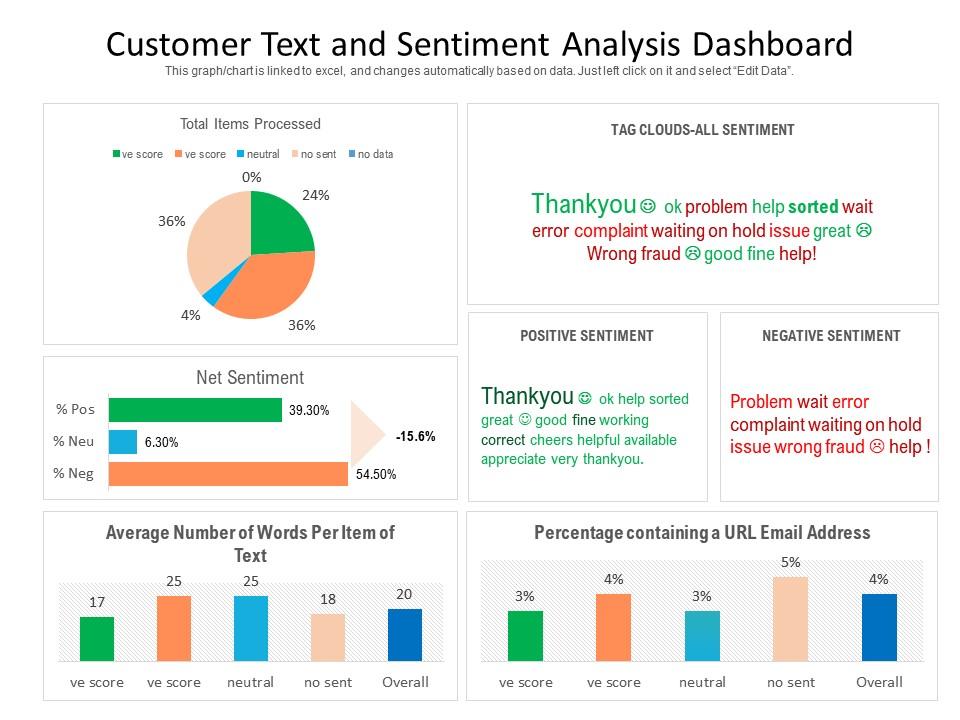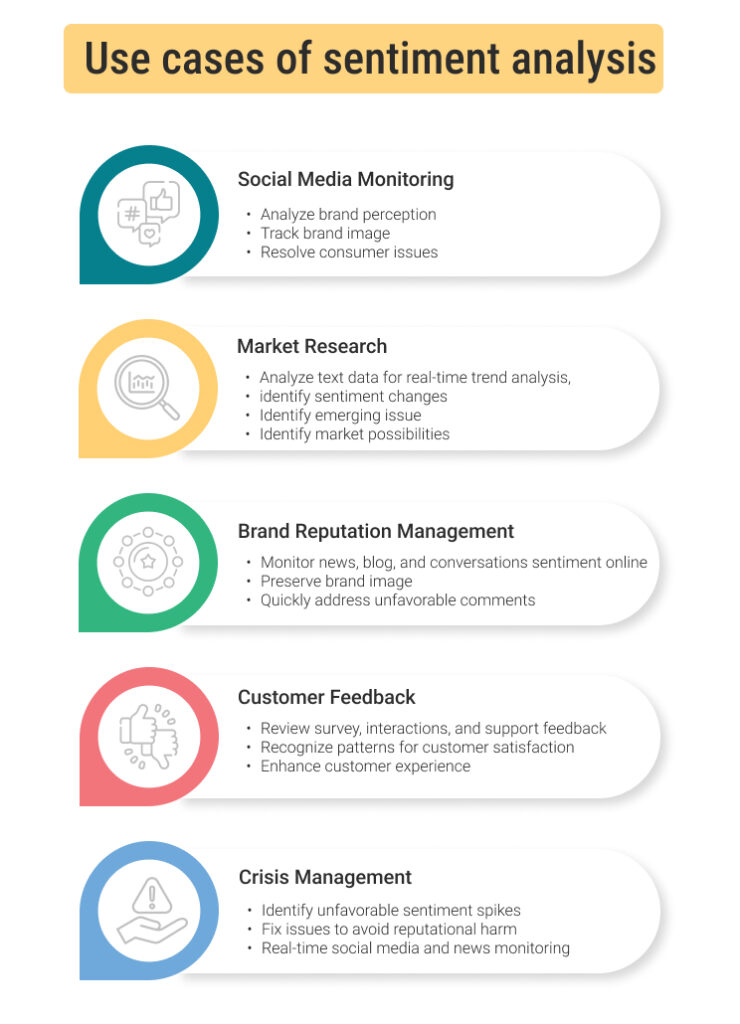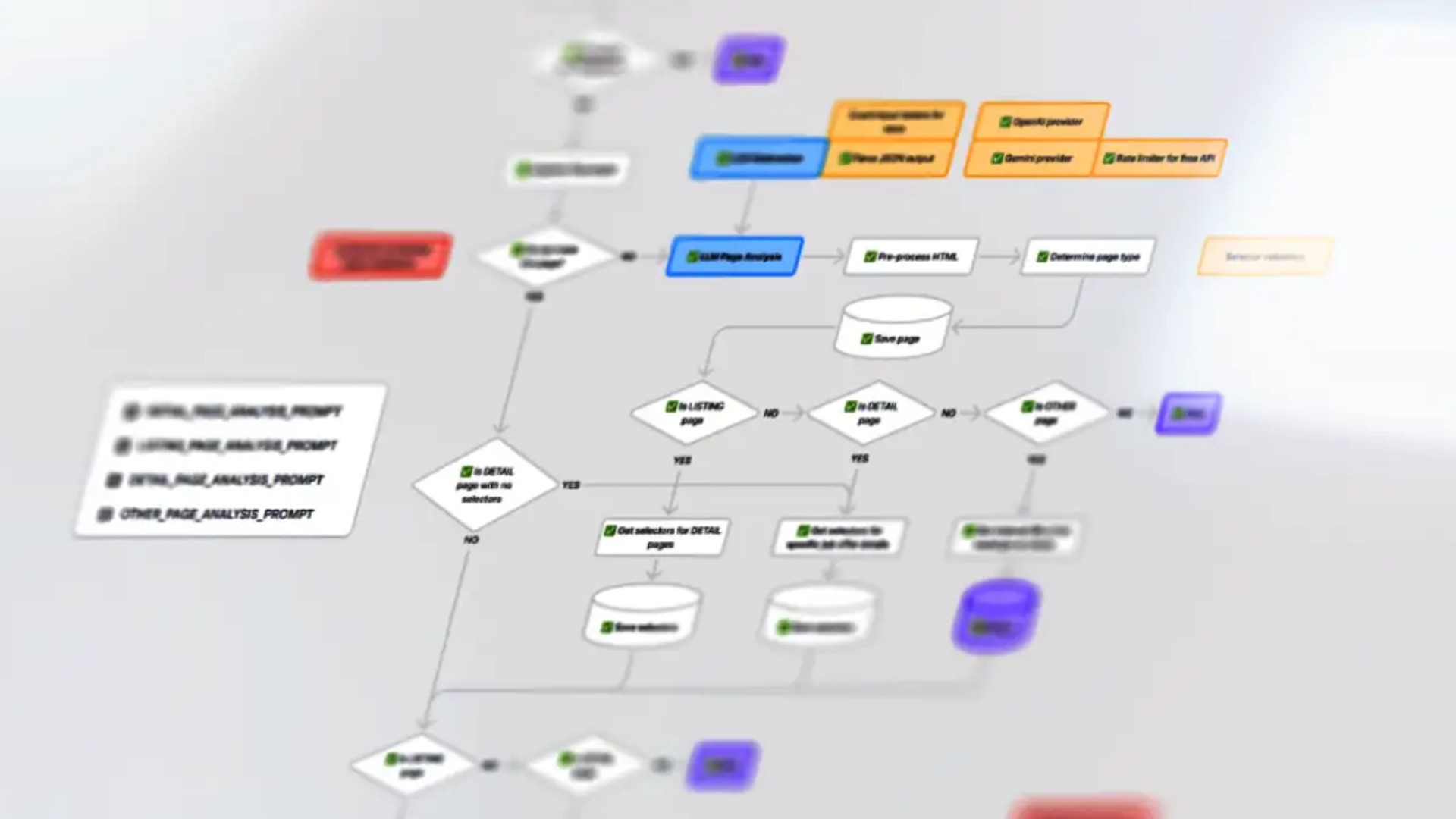
AI Development


Unveiling Sentiments in Malay and English: A Text and Audio Analysis Journey
Sentiments in Malay and English
This project delves into the captivating world of human emotions, exploring how they manifest in both written and spoken languages. Here, we analyze sentiments expressed in two vibrant tongues: Malay and English, weaving through the intricacies of text and audio.
Technical Details:
Data: A curated dataset of text and audio recordings in both Malay and English covering various domains (e.g., social media, news, interviews).
Text Analysis:
Lexical analysis: Employing sentiment lexicons and rule-based approaches to identify sentiment-carrying words and phrases.
Machine Learning: Building and training classifiers using supervised learning techniques like Naive Bayes, Support Vector Machines, or Recurrent Neural Networks (RNNs) to automatically recognize sentiment in text.
Audio Analysis:
Feature extraction: Extracting acoustic features like pitch, energy, and mel-frequency cepstral coefficients (MFCCs) to capture emotional cues in speech.
Machine Learning: Similar to text analysis, training classifiers using audio features to classify spoken sentiment.
What was the main challenge in this project?
Language nuances: Adapting sentiment analysis techniques to handle the specificities of Malay language, including informal slang and cultural references.
Audio complexity: Addressing background noise, speaker variations, and non-verbal cues to accurately interpret spoken sentiment.
What was your solution or approach?
A curated dataset of text and audio recordings in both Malay and English covering various domains (e.g., social media, news, interviews).
Text Analysis
Lexical analysis: Employing sentiment lexicons and rule-based approaches to identify sentiment-carrying words and phrases.
Machine Learning: Building and training classifiers using supervised learning techniques like Naive Bayes, Support Vector Machines, or Recurrent Neural Networks (RNNs) to automatically recognize sentiment in text.
Audio Analysis
Feature extraction: Extracting acoustic features like pitch, energy, and mel-frequency cepstral coefficients (MFCCs) to capture emotional cues in speech.
Machine Learning: Similar to text analysis, training classifiers using audio features to classify spoken sentiment.
What was the outcome or impact for the client?
Identifying positive, negative, and neutral sentiment trends in Malay and English text and audio data.
Gaining insights into public opinion, customer feedback, and emotional responses in various contexts.
Potential for applications in social media analysis, market research, and sentiment-aware AI systems.
Other ai development case studies

AI Development

AI Development

AI Development
DDiGenie
How We Transformed Customer Support for 4,000+ Members in Just 14 Days: AI Chatbot Implementation That Delivered 89% Query Reduction and £17K Annual Savings
AI ChatbotAWS Cloud InfrastructureOpenAI API Integration+7

AI Development

AI Development
SSigma Square
Social Media Content Optimization for Influencers
awsdata sciencedata engineering+1

AI Development
AAglowid IT Solutions Pvt. Ltd.
Enhancing Logistics Operations with an AI Assistant for a Mid-Size U.S. Company
OpenAI GPT-4 APIPineconeHubSpot CRM+3
Project Details
L
Industry:Energy & Utilities
Budget:$100,000 - $500,000
Duration:1 - 2 years
Project URLMachine LearningAudio AnalysisLexical analysisAutomationAIFeature extractionLanguage nuances
Need similar services?
Agencies providing ai development
Posted this
L
Transforming Visions into Digital Reality
Q
T
Build Better Software
A
Where STEM works for your business
S
Transformative Digital Solutions for Business Growth
M
Growing businesses through digital marketing expertise 💻
E
Software Solutions: Consulting and Development
W
CONSUMER SERVICES
S
Transforming Business with Innovative Web & App Development Solutions 🌐💻
T
Transforming Digital Excellence through Innovation and Performance